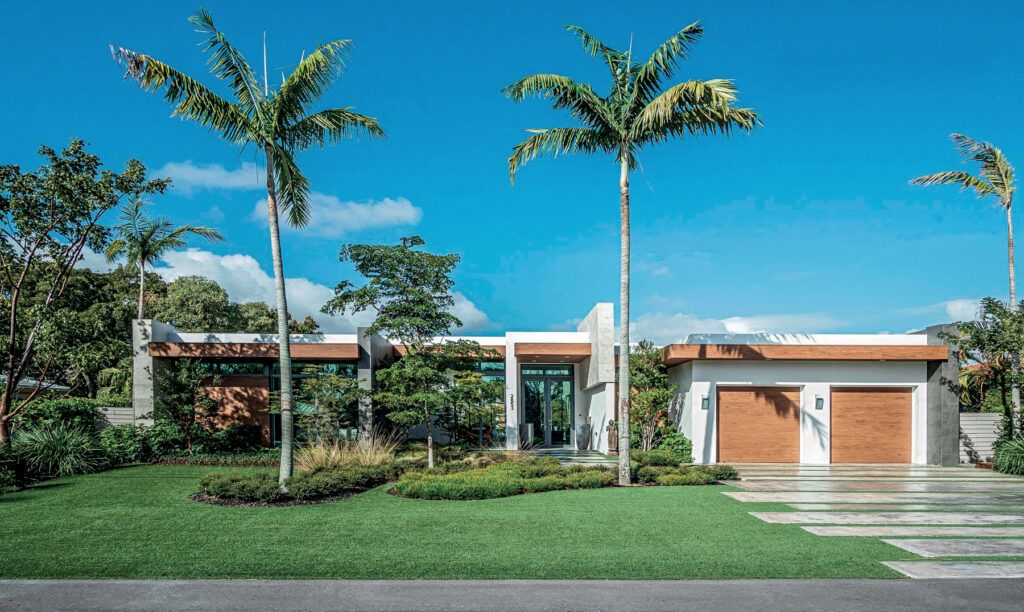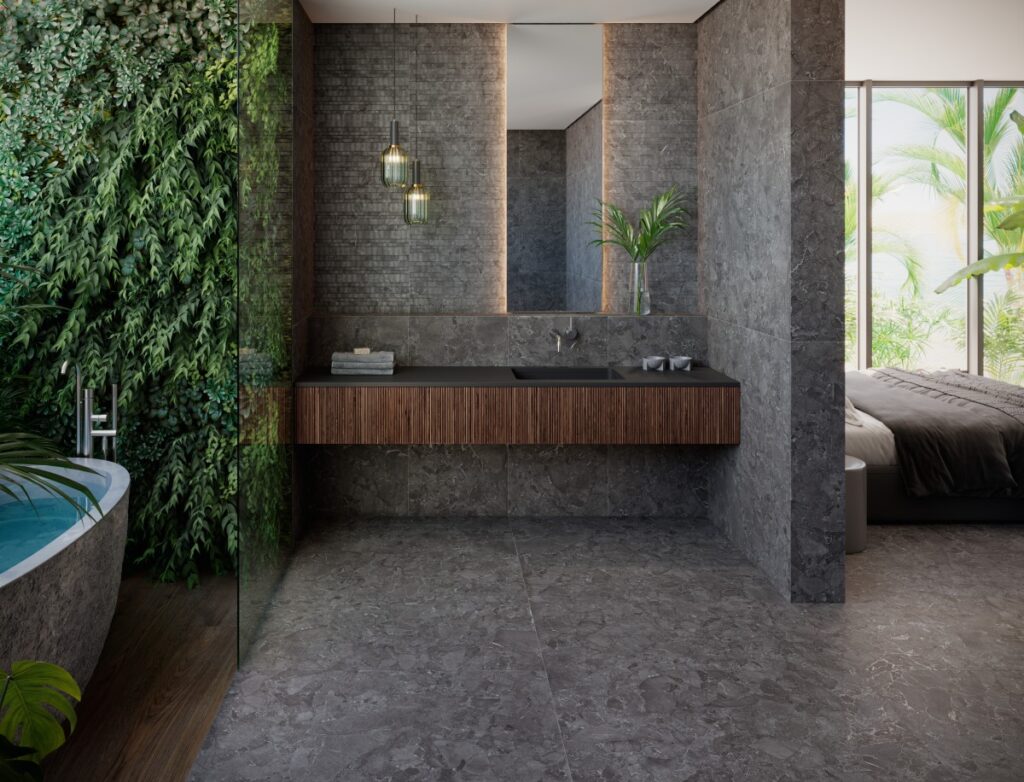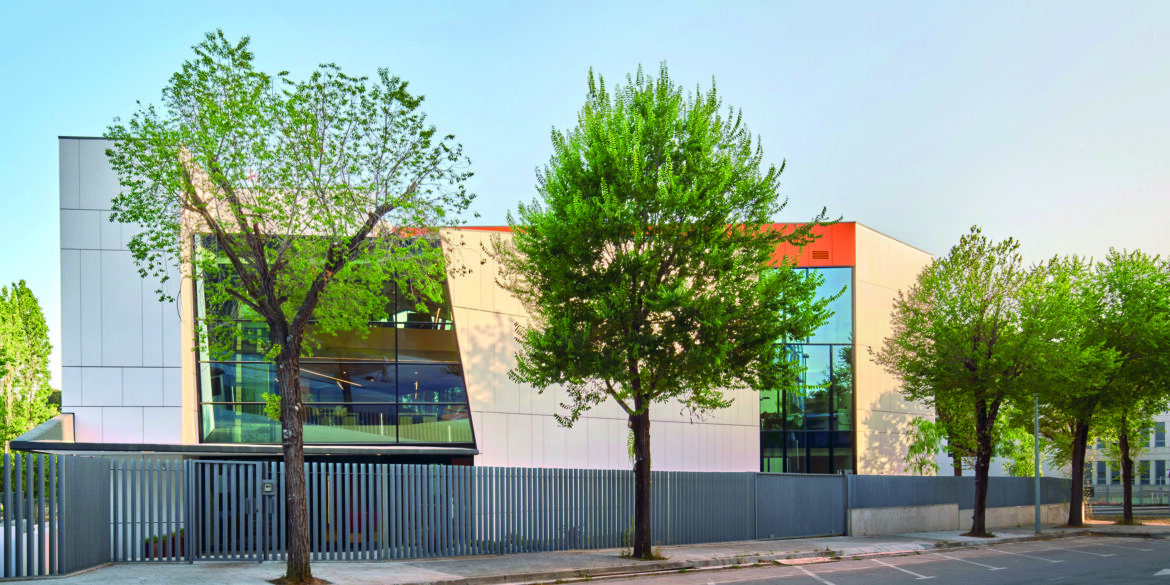Sustainable architecture is a key element in global efforts to combat climate change and minimize environmental degradation. But what exactly does this term imply?
We explore this concept below, identifying its core principles and examining how the selection of high-quality materials is essential to promoting construction practices that respect and protect our planet.
What is Sustainable Architecture?
Sustainable architecture, often referred to as green architecture, is an approach to design and construction that prioritizes the health of the environment. Its aim is to minimize the negative impact on the environment through methods and materials that promote energy efficiency and reduced resource consumption. Sustainable architecture covers the entire life cycle of a building: from its conception and construction, through its daily use, to its potential renovation or demolition, ensuring that each stage makes a positive contribution to the environment.

Principles of Sustainable Architecture
The principles of sustainable architecture are centred on minimizing the environmental impact of buildings throughout their life cycle. This includes optimizing the use of natural resources and implementing technologies that reduce the consumption of non-renewable energy. The selection of sustainable, recyclable and low-impact materials is fundamental, as is improving resource efficiency inside the building.

Moreover, these principles help ensure the building integrates naturally into the environment, fostering visual consistency.
Materials for a Sustainable Architecture
The choice of sustainable materials is crucial for the success of any green architecture project. These materials must be durable, recyclable and have a low carbon footprint.
Grespania and Coverlam: Commitment to Sustainability
Grespania's commitment to sustainability is certified under the ISO 14001 standard, which guarantees a rigorous environmental management system. This certification ensures that all its actions are consistently aimed at minimizing its environmental impact. One of Grespania’s most noteworthy achievements is that up to 70% of the materials used in its floor and wall tiles are recycled. This process not only reduces the demand for resources but also reduces the amount of waste generated, in line with the ISO 14021 guidelines for eco-labelling.

The use of advanced technologies and innovative materials, such as those developed by Grespania, plays a vital role in reducing the environmental impact of buildings.
Grespania and Coverlam also stand out for their water management and zero-discharge policies. All the water used in the production processes is treated and recycled, reducing the demand for water resources and minimizing the environmental impact. Furthermore, the zero discharge policy ensures that all waste generated is managed responsibly, and its reuse is encouraged. Another fundamental pillar is energy efficiency and emissions reduction. Thanks to the implementation of cogeneration and heat recovery technologies, Grespania and Coverlam not only optimize the use of energy, but have also achieved a notable reduction in CO2 emissions.
In addition, Grespania is actively involved in research on the use of (green) hydrogen as a fuel. Its kilns have been replaced by more efficient, modern ones that consume 22% less energy and emit 20% less CO2, and which have burners that can run on 25% hydrogen fuel.

Finally, it is worth noting that Grespania’s ceramic materials are not only resistant and durable, requiring minimal maintenance, but are also recyclable at the end of their useful life.
As a company concerned about sustainable architecture, Grespania contributes to improving the energy efficiency of existing buildings or new builds by incorporating the new LEED standards throughout the life cycle of its products, from the design phase to final installation.
The future of construction is undeniably green, and we at Grespania are committed to spearheading this change. If you would like to know more about how our products and policies can help you create more sustainable and efficient spaces, please contact us. Together we can create a better future for the coming generations.

